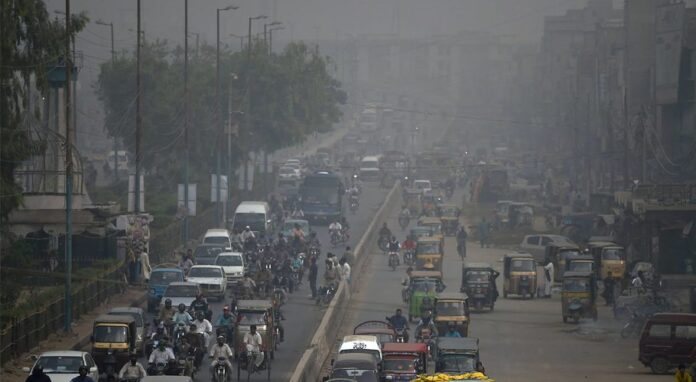The residents of Delhi-NCR received a breath of fresh air this Diwali as the region surprisingly did not feature in the top 10 worst air quality stations in Asia on Sunday. The air quality index (AQI) for the national capital stood at 202 at 7 am, categorizing it as ‘poor,’ marking the best air quality in at least three weeks. The 24-hour average AQI was recorded at 220, representing the lowest for the day before Diwali in eight years.
Air Quality Data :
Data from the Asia Air Pollution Statistics, monitoring real-time AQI, revealed that Delhi-NCR was notably absent from the list of the top 10 worst air quality stations in Asia. However, eight out of the 10 ‘most polluted’ places were from India, with Bihar dominating the list with three entries. Other states contributing to the alarming statistics included Madhya Pradesh, West Bengal, and Odisha.
Indian Cities in the Top 10 Worst Air Quality Stations in Asia:
- Samanpura, Patna, Bihar: AQI 582 (severe plus/hazardous)
- Ghusuri, Howrah, West Bengal: AQI 498 (severe plus)
- GVM Corporation, Visakhapatnam, Andhra Pradesh: AQI 463 (severe plus)
- DRCC Anandpur, Begusarai, Bihar: AQI 423 (severe)
- Chhoti Gwaltoli, Indore, Madhya Pradesh: AQI 371 (very poor)
- Darshan Nagar, Chhapra, Bihar: AQI 341 (very poor)
- Talcher Coalfields, Talcher, Odisha: AQI 206 (poor)
- Gole Bazar, Katni, Madhya Pradesh: AQI 199 (moderate)
Air Quality Index Categories:
It’s essential to understand the AQI categories for better interpretation: 0-50 is considered ‘good,’ 51-100 ‘satisfactory,’ 101-200 ‘moderate,’ 201-300 ‘poor,’ 301-400 ‘very poor,’ 401-450 ‘severe,’ and above 450 ‘severe plus.’

Improvement in Delhi’s Air Quality:
Delhi witnessed a significant improvement in air quality just before Diwali, attributed to intermittent rainfall on November 10 and favorable wind speeds for pollutant dispersion. Compared to the AQI of 437 on November 9, the 24-hour average AQI of 220 was a welcome change.
Also read : Ayodhya sets new gunnies world record amid Deepotsav 2023
Historical Diwali Air Quality:
Diwali air quality in Delhi has been a cause for concern in recent years. In 2021, the AQI was recorded at 312, followed by 382 in 2020, 414 in 2019, 337 in 2018, 281 in 2017, 319 in 2016, and 431 in 2015, according to data from the Central Pollution Control Board (CPCB).
Factors Contributing to Improved Air Quality:
The improvement in air quality in Delhi-NCR was attributed to a combination of factors, including intermittent rainfall, favorable wind conditions, and reduced contributions from stubble burning due to rain over northwest India.
The unexpected absence of Delhi-NCR from the top 10 worst air quality stations in Asia on Diwali marks a positive turn for the region. While this improvement is encouraging, continued efforts are necessary to address the root causes of air pollution and ensure sustained progress in the battle for cleaner air. Public awareness, policy measures, and regional cooperation remain pivotal in securing a healthier future for Delhi and its residents.


